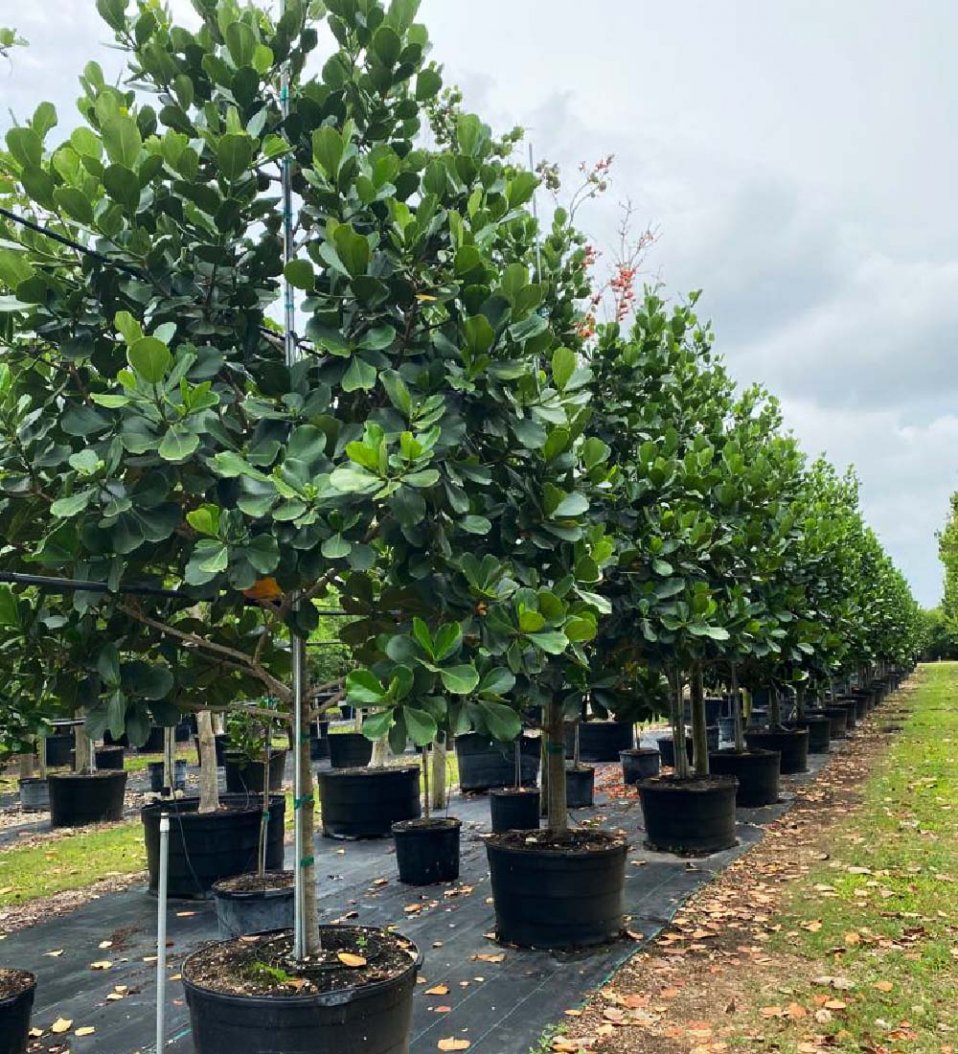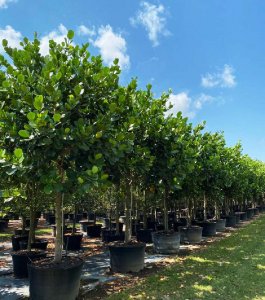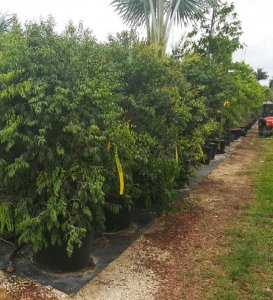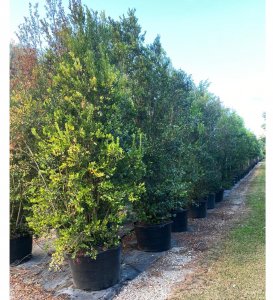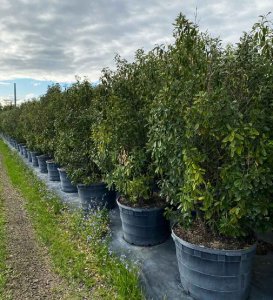Vegetation sound barrier is the best way to protect your house! Because, urban areas can be noisy, negatively impacting homeowners and gardeners. Recurring (e.g. vehicular traffic, television audio) and episodic (e.g. ambulance siren, train whistle) sounds from neighboring residential and office buildings. Besides industry, public parks and shopping centers can permeate into a house and garden to varying degrees, and be annoying and even physiologically or physically harmful. That’s why noise reducing plants are essential!
Sound Barrier Plants for Noise Pollution
For example, at the neighborhood residential scale, noise pollution from a nearby busy highway can affect an entire housing tract and decrease property values. A group of homeowners may request to have a general noise level reduction. Through the construction of a solid noise barrier of masonry, wood or other materials; on public land along the highway itself to diffract the sound. The effectiveness of physical noise barriers along highways is enhanced by the line planting of trees and shrubs immediately behind the barrier; which also serves aesthetically to conceal its back side.
Moreover, individual landowners can also take measures to reduce noise pollution by planting a buffer of noise blocking plants like trees and shrubs; to further absorb and deflect sound waves. A continuous green wall of vegetation in a garden may have multiple purposes. Although, the most common use is as a visual barrier, hiding nearby structures from view, or to create privacy on a patio or within a private garden; or to subdivide a garden into discrete sections.
Best Plants for Noise Reduction: Vegetation Sound Barrier
Additionally, to the extent possible, vegetation sound barrier plants should be in a perpendicular manner to the main source of the noise. The selection of tree and shrub species for a visual barrier may include priority consideration; of the attractiveness of the leaves and flowers of the plants.
Nonetheless, noise abatement barriers, however, have three different and distinctive characteristics. First, the vegetation selected for the noise barrier must be as dense as possible to create a barrier that is impenetrable. As, densely branch evergreen trees and plants with broad leaves are best.
Second, the sound absorbing plants, like trees or shrubs should be very low branching, with little or no gap between the foliage and ground level; and reach a height of about 6 feet. Finally, a low berm of soil, about 5-6 inches high, should be created along the barrier. As, the berm helps block any sound leakage at ground level. If the berm would disrupt surface drainage, a series of small gaps can be cut in the berm. An alternative to a berm is to use trimmed larger branches and tree trunks from the garden; set end to end at the base of the noise barrier. Old railway ties are also an option.
A number of shrubs and small tree types can be grown to reduce noise pollution. Among the best sound blocking plants in the TreeWorld inventory are several species of bush- form Red Stopper (Eugenia Rhombea), Hollies (Ilex spp.), Clusia Guttifera (Clusia spp.) and Jamaican Caper (Capparis cynophalophora). Pruning of a noise barrier hedge is the same as for any hedge, except attention needs to be given to encouraging growth at ground level.

